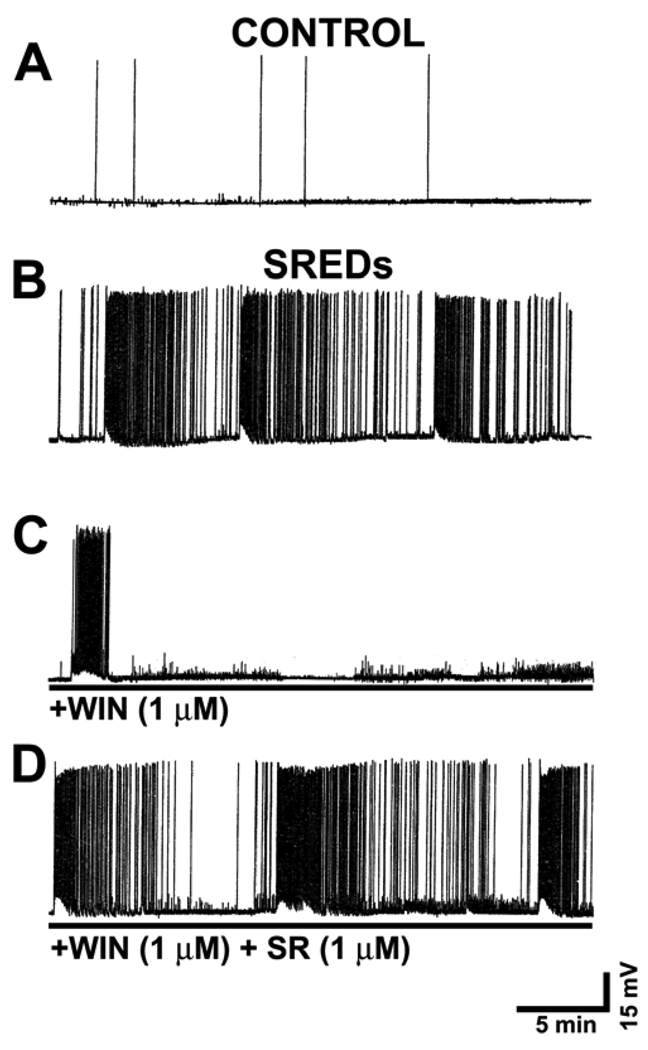Fig 1. Acute WIN55,212-2 treatment confers anticonvulsant activity in a CB1-dependent manner.
Hippocampal pyramidal neurons underwent whole-cell current-clamp recordings 1 day following a 3 h exposure to Mg2+-free solution. A. A representative recording from a control (+Mg2+ solution) treated pyramidal neuron demonstrating basal activity as indicated by the presence of intermittent spontaneous action potentials. B. A representative recording from an “epileptic” neuron 1day following exposure to 3h of Mg2+-free media. The pathophysiological state of epileptiform activity in this in vitro preparation is evident by the presence of three independent SREDs. C. Treatment of “epileptic” cultures with the cannabimimetic WIN55,212-2 (1 µM; +WIN) suppressed seizure activity. D. Co-application of the specific CB1 receptor antagonist SR141716A (1 µM) blocked the anticonvulsant effect of +WIN (1 µM).

